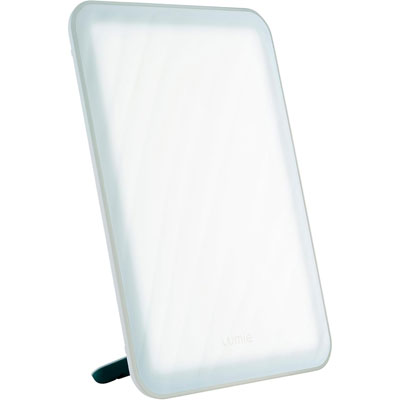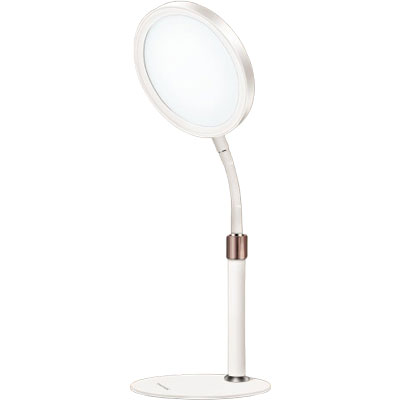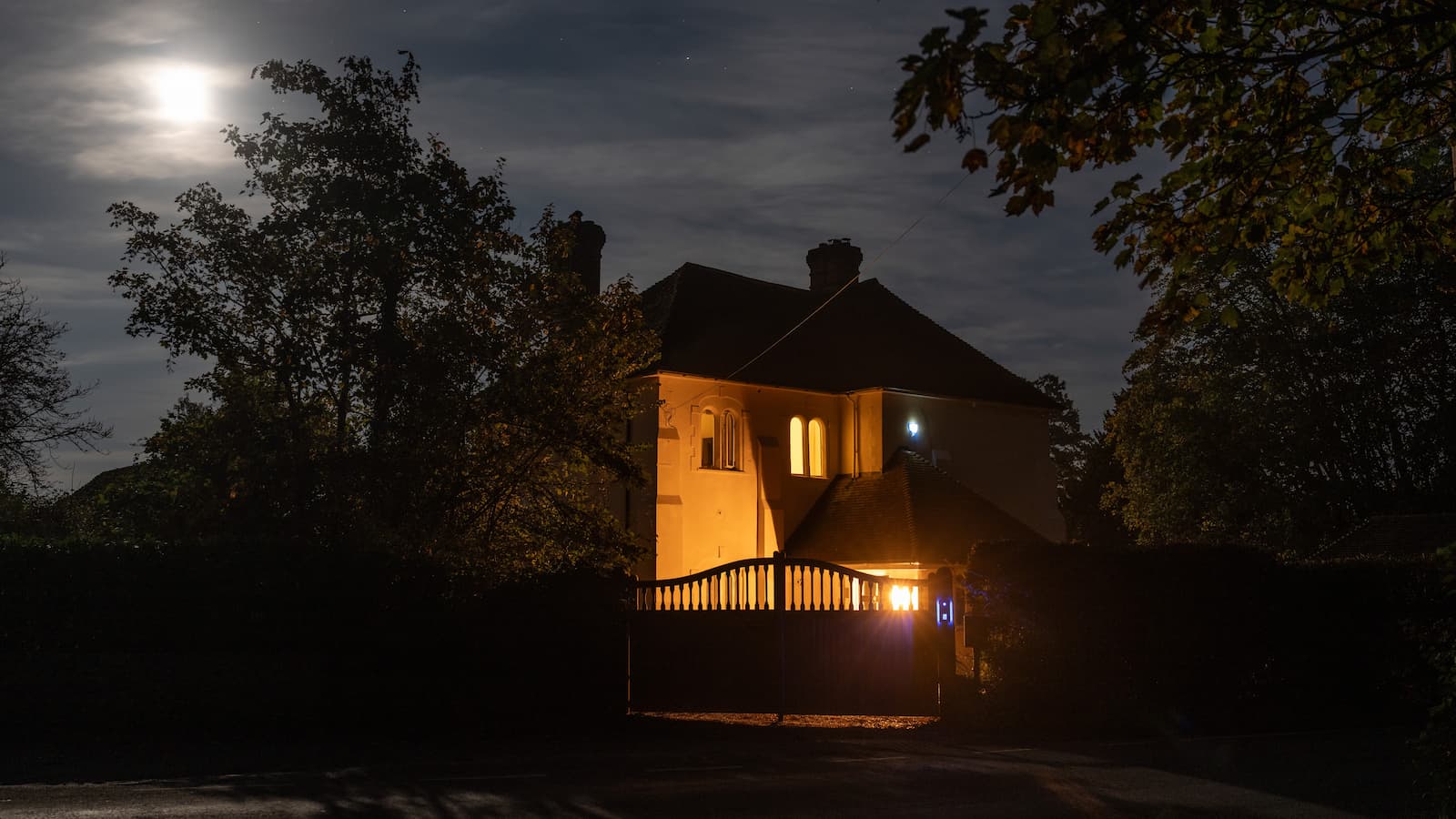Keep seasonal affective disorder at bay this winter with these 5 clever home upgrades
Don't let SAD ruin winter for you – our expert-approved easy home hacks can help prevent and ease the symptoms
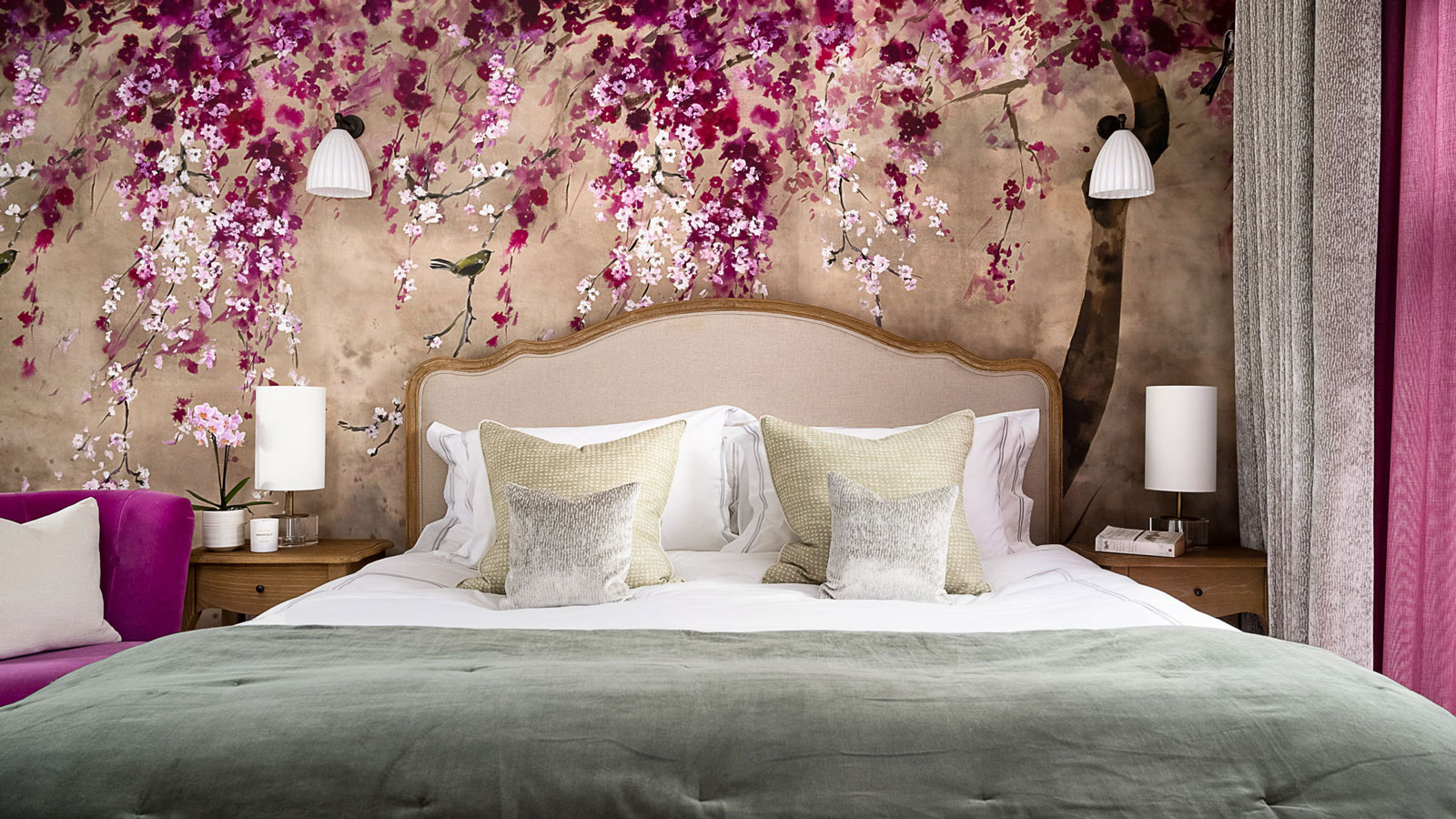
For some people, the arrival of winter is a time to be embraced – a chance to hunker down and get cosy. However, others dread the lack of natural light and plummeting temperatures, not just due to higher heating and electricity bills, but also for the detrimental affect it has on their mood. For this reason, when looking at how to prepare your home for winter, it is a good idea to familiarise yourself with some 'happy home hacks' too.
According to NHS estimations, around two million people in the UK experience Seasonal Affective Disorder (SAD) every year, leaving them experiencing a regular low mood and even depression in some cases.
The good news is that, according to the experts we spoke to, there are plenty of steps you can take to prevent – or at least ease – the symptoms of SAD simply by making some easy and quick upgrades to your home. Here's what they suggested.
What is Seasonal Affective Disorder?
Before looking into the home upgrades and house design ideas that can help lessen the chance of experiencing SAD or at least ease the symptoms, it is important to understand what is meant by the term.
"Seasonal Affective Disorder (SAD) occurs when the body is unable to produce sufficient serotonin," explains interiors therapist and Feng Shui professional at InteriorsTherapy.com Suzanne Roynon. "Serotonin is the hormone associated with brightening mood and is stimulated by natural light reaching the retina of the eye.
"As days shorten, and the weather makes staying inside more tempting, our bodies don’t get enough serotonin," continues Suzanne. "This leads to feeling low and even depressed; a condition often described as ‘The Winter Blues’."

Suzanne Roynon is a leading interiors therapist who will help you look differently at the things you keep around you to understand how they may be harming your relationship, health, wealth, success and home life. She shares hints and tips to create a home and office space you love and which propels you forward, rather than keeping you tied to the past. In addition to her interiors therapy consultancy and teaching, Suzanne is a professional speaker and the author of award-winning bestseller ‘Welcome Home, How Stuff Makes or Breaks your Relationship’.
1. Bring in as much natural light as you can
One of the leading reasons why people find themselves suffering from SAD is down to a lack of natural light.
Bring your dream home to life with expert advice, how to guides and design inspiration. Sign up for our newsletter and get two free tickets to a Homebuilding & Renovating Show near you.
"As the days shorten, many people notice a dip in mood or motivation. Our brains are sensitive to light and rhythm, so when sunlight reduces, our internal balance can shift," explains Chartered Clinical Psychologist, Dr George Baldwin of GB Psychology. "Creating a brighter, more nurturing home environment can make a real difference. Include some window seats or think about positioning seating areas near windows, using mirrors to reflect natural light and keeping blinds open during daylight hours all help regulate mood and energy."
"Maximise every bit of natural light you can," picks up Holly Scott, designer and founder of Holly Scott Interior Design, best known as 'The Happy Home Designer'. "Keep windows clear of clutter and move bulky furniture away from the glass. Mirrors are brilliant for bouncing light around, and metallic details – such as a brass lamp base or a gold-framed mirror – instantly lift a room by reflecting warmth and brightness."
"A simple method for people who spend the majority of their time at home during the day is to actively seek out natural light by sitting, working, or exercising near a window and ensuring the curtains or shutters are open to invite the maximum available light into the room. It really does make a difference," adds Suzanne Roynon.
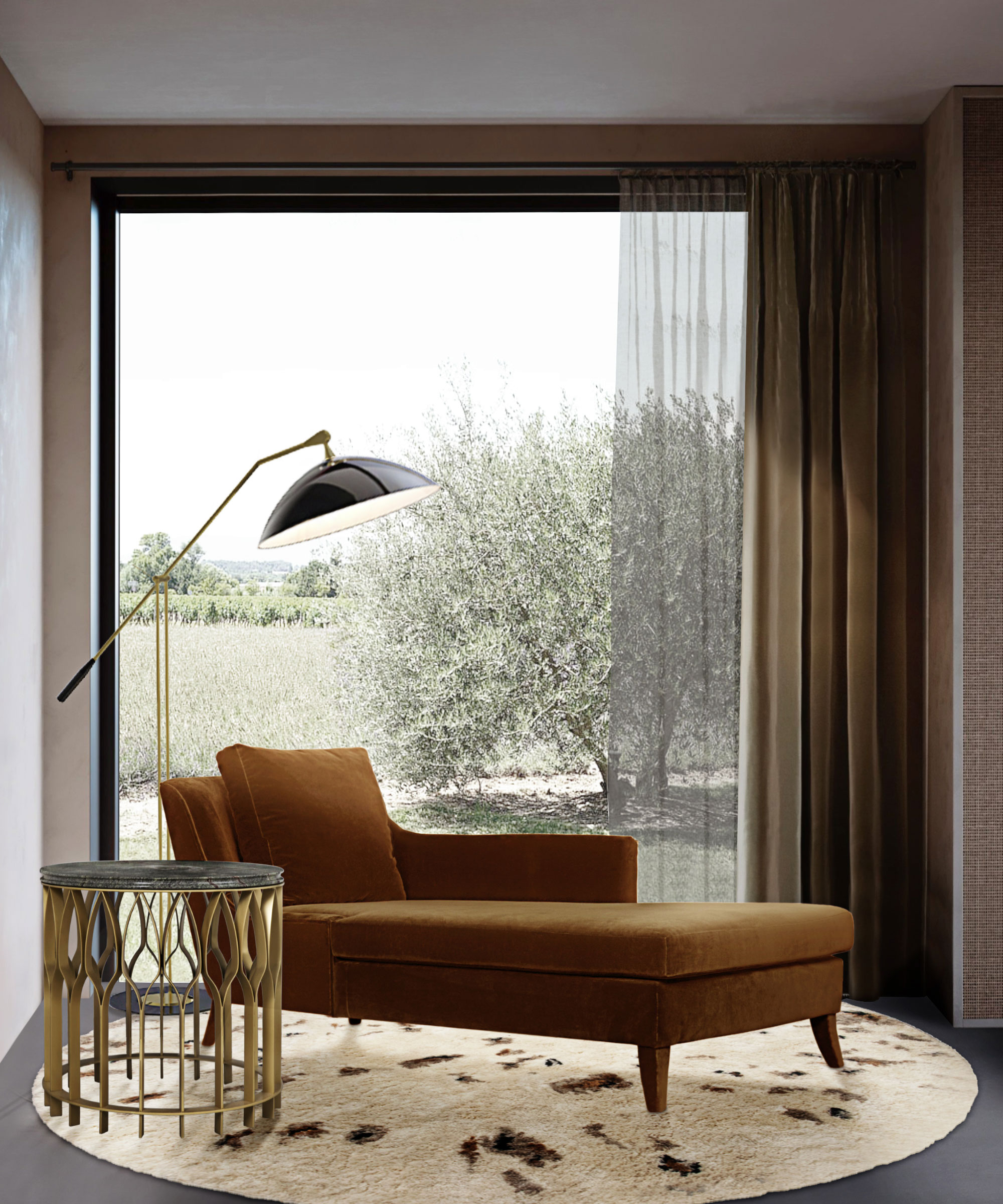

Dr. George Baldwin, BSc (Hons), MSc, DClinPsy, CPsychol, AFBPsS, FRSA, is a Chartered Clinical Psychologist and a Registered Media Production Psychologist, dedicated to promoting mental health, ethical storytelling and social change. Based in Ipswich, UK, George works across East Anglia and internationally via online consultations, blending clinical expertise with practical insight to support individuals, families and professionals alike.
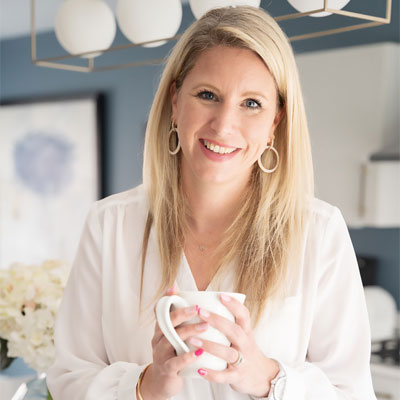
Holly Scott – aka The Happy Home Designer – is an award-winning interior designer and founder of Holly Scott Interior Design. With a background in luxury retail design for Ralph Lauren, Harrods and Harvey Nichols, Holly blends timeless style with everyday comfort to create homes that feel as good as they look.
Holly believes happy homes make happy people – and that great design should always feel personal, joyful and effortlessly elegant.
2. Make your artificial lighting scheme work harder for you
It isn't just natural lighting that can help lift the mood – your artificial lighting design is important too.
"One overhead bulb won’t do much for your mood in winter," explains Holly Scott. "I always recommend mixing table lamps, floor lamps and wall lights so you can adjust the atmosphere throughout the day. Warm white bulbs (around 2700K) make spaces feel softer and more inviting."
There are also lamps available specifically designed to prevent or ease the effects of SAD.
"Simulating natural light is the most straightforward way to tackle SAD," explains Suzanne Roynon. "Use lamps which give both daylight intensity lumens to trigger the production of serotonin, the hormone which boosts mood and then, at the flick of a switch, a gentle warm white for the evening to help the brain wind down for sleep. Regardless of the size of the room or home, it creates an optimal environment for positive brain activity and the feel-good vibes which dull days have a nasty habit of erasing."
One important note, lighting is highly individual and what feels good for one person could feel all wrong for another.
"Ensure that you know your own sensory needs around lighting and what works for you – particularly if you are neurodivergent, as one sensory soother might work for me, but it won't work for you," points out Helen Neale, therapeutic counsellor, parenting and neurodivergence expert at Kiddy Charts. "For example, I love a glittery lava lamp, but that might be a sensory nightmare for someone else! Sometimes we do need soft light to help us if we have been sensory overloaded elsewhere, so it is about trying to get in touch with what works individually, rather than always thinking that darkness is a bad thing."
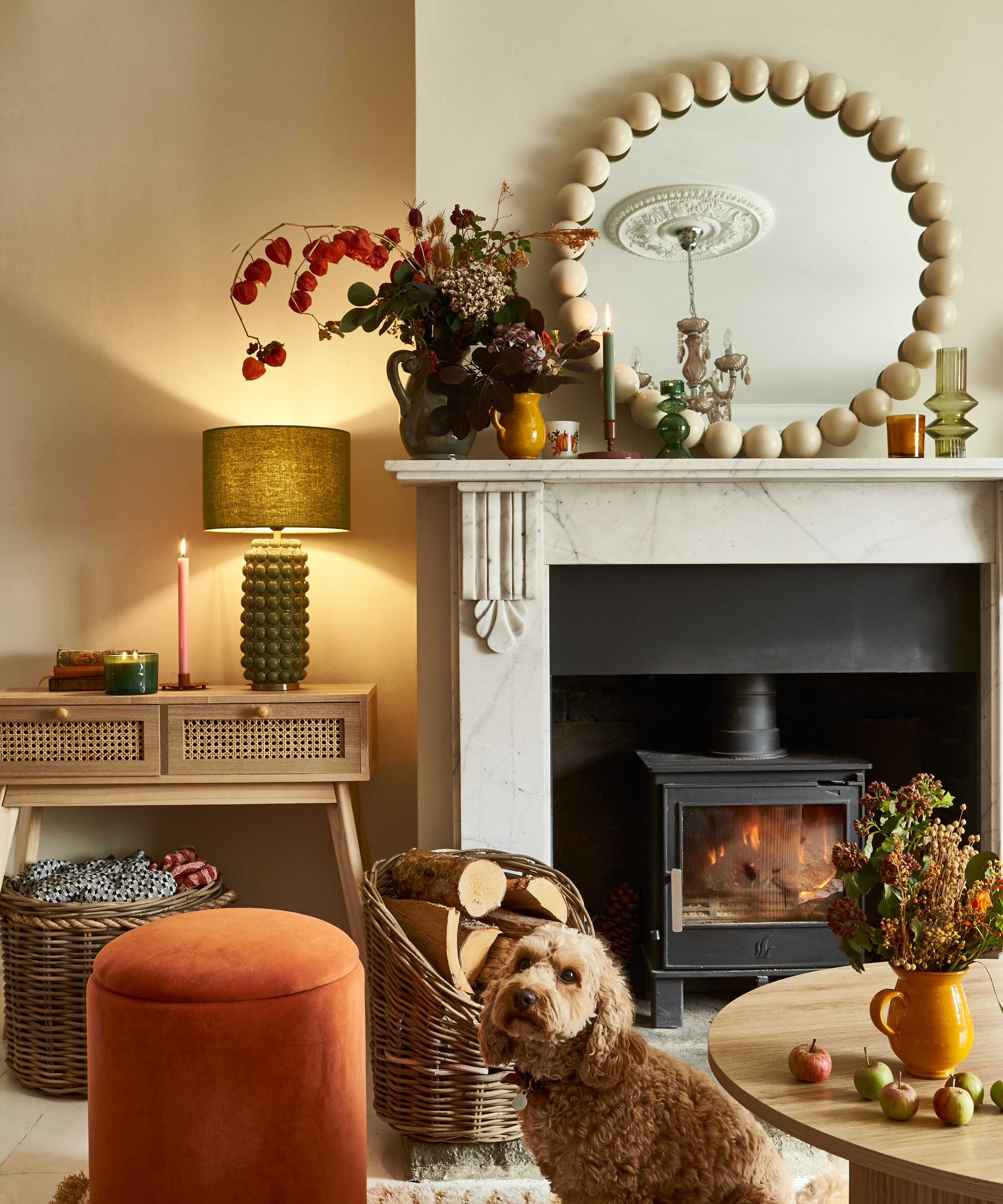
Shop light therapy lamps
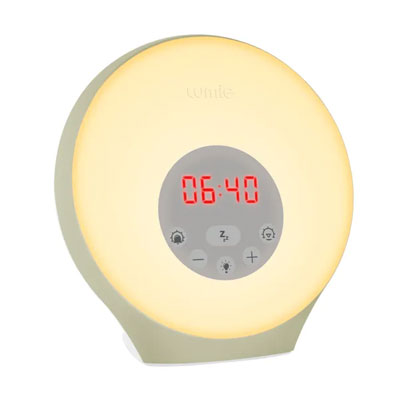
Allowing you to wake up naturally, this light therapy lamp acts as a handy alarm as well as offering many mood-boosting benefits. The lamp features 10 levels of white light and can be used as a dimmable bedtime lamp – alarm sounds include purring kitten and birdsong too.
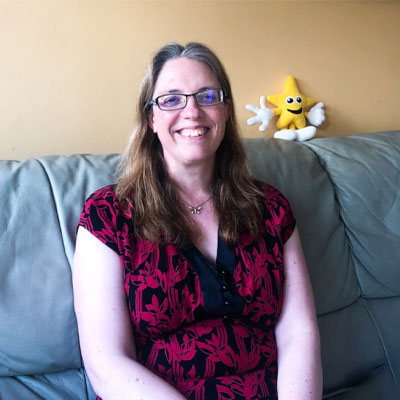
Helen Neale has been a counsellor, with neurodivergence-affirming practice, parenting expert and editor at kiddycharts.com for over 12 years. She has professional, and personal experience in parenting, therapy, ADHD and mental health.
3. Harness the power of colour to lift your moood
It's no secret that the colours we surround ourselves with can have a direct effect on our mood, whether you are looking for the best bedroom colours or those for a sociable kitchen diner space.
"Choosing light, neutral décor colours will increase the sense of wellbeing during grey winter months, and indeed from a feng shui perspective, will always be the most suited to enhancing the positive energy of a home," advises Suzanne Roynon. "Strong, dark coloured rooms are best avoided, and especially during daylight hours if SAD is a concern. Darker tones in furniture, flooring and clutter absorb light, so even a white room will feel gloomy. It’s no coincidence that Scandinavian styling tends towards minimalism and paler shades."
"Colour can play a subtle but powerful role," says Dr Baldwin. "Soft, warm tones such as gentle yellows, light blues and greens can evoke calm and connection, while clutter-free spaces support a sense of control and ease."
"I’d avoid cold greys in winter – they can make a room feel flat and lifeless," adds Holly Scott. "Instead, look to warm tones like blush pink, olive green or terracotta to bring comfort and depth. Pale neutrals with a hint of warmth will still feel bright but much more uplifting than cool shades."
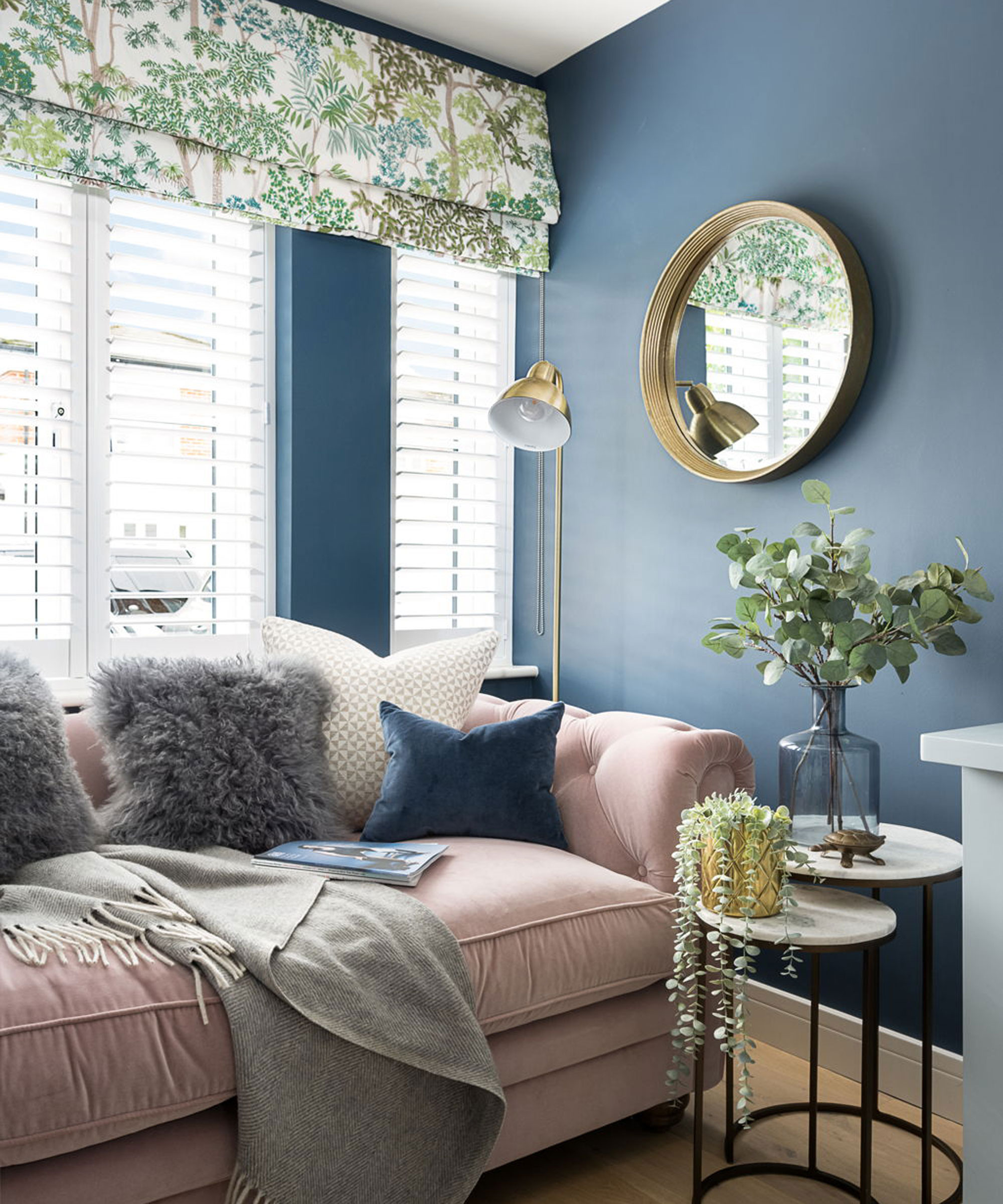
Shop happy paint colours
4. Create a sense of connection and flow
While there is much to be said for carving out quiet, restful, cosy spaces within the home when it comes to boosting the mood, overall, a more open, sociable layout tends to be the best option for battling the blues.
If you are remodelling, building an extension or renovating, consider knocking down internal walls to open up certain spaces to one another, or widen doorways. That said, if you want to minimise disruptive home improvements – something in itself that could cause stress levels to rise – there are other, cheaper and easier, steps you can take.
"If your home has darker corners, keep wall and floor colours consistent between rooms to help light flow," suggests Holly Scott. "Even subtle continuity makes a space feel calmer and more open."
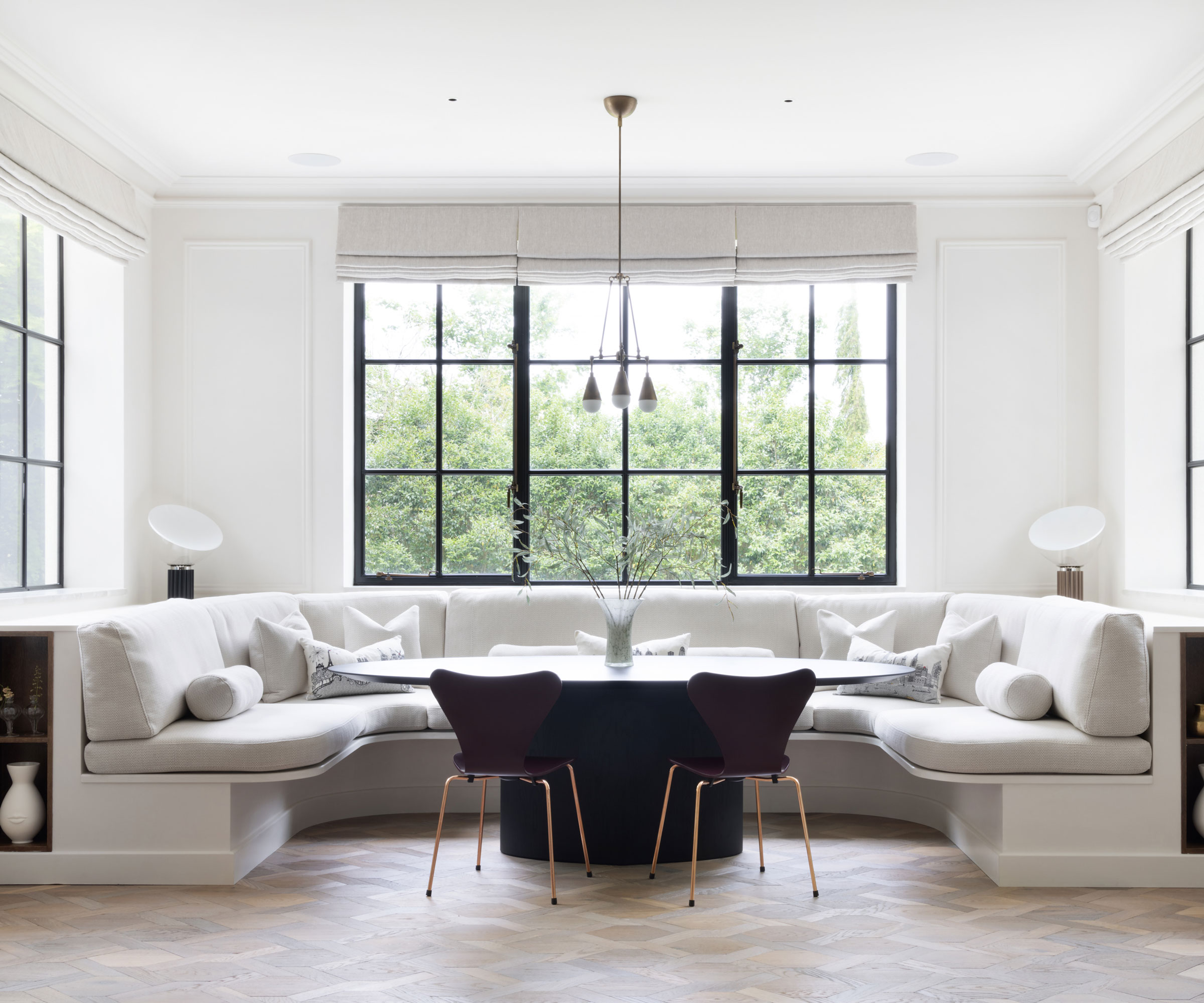
5. Use different textures to create a cosy cocoon
Along with pulling in and making the most of natural light, what you want to aim for within your interior scheme is a space that feels like a joy to spend time in and one that will uplift the spirits, regardless of what's going on outdoors. Textures and layers of comfortable finishes can really help here, whether you are after cosy living room ideas or inspiration for a home office.
"Pairing good lighting with comforting textures, familiar scents and a sense of order can turn your home into a protective buffer during the darker months," explains Dr. George Baldwin. "Remember, it’s not about perfection, it’s about creating spaces that gently support your emotional wellbeing during these darker months."
"Texture has a huge effect on how cosy a space feels," adds Holly Scott. "Mix materials such as linen, velvet and wool for a layered look that feels calm, tactile and nurturing."
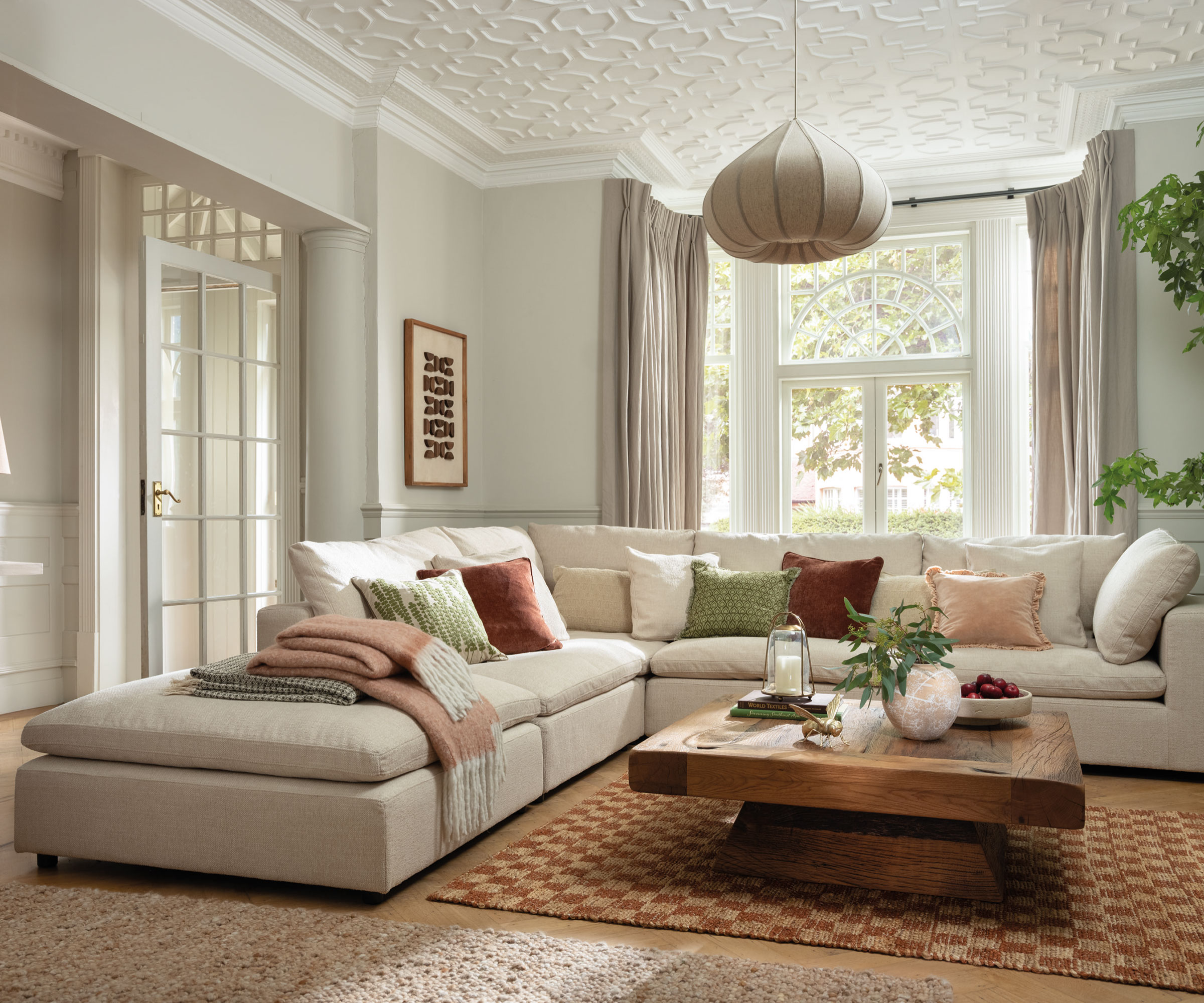
FAQs
What wall colours are best avoided to prevent SAD?
Whether you plan on a full-on redecorating project to get your house ready to ward off the winter blues, are looking for the best colour for a living room or will simply be investing in a few new accessories, it is worth looking into the shades that can lift the mood.
Be aware that certain colours can really make mood worse – particularly those on towards the darker end of the scale.
"Dark colours can generate a degree of overwhelm and its definitely worth limiting time in intensely-coloured spaces," warns Suzanne Roynon, who goes on to list the worst culprits as reds, which she says can "cause feelings of anger, irritability, stress and burnout," and deep blues, blacks and dark grey which can leave you feeling like you're "struggling to cope, with emotional troughs, depression and anxiety."
As the space in which you begin and end the day, getting bedroom design spot on can be key to creating a home that you love spending time in, no matter what season it is.
Natasha was Homebuilding & Renovating’s Associate Content Editor and was a member of the Homebuilding team for over two decades. In her role on Homebuilding & Renovating she imparted her knowledge on a wide range of renovation topics, from window condensation to renovating bathrooms, to removing walls and adding an extension. She continues to write for Homebuilding on these topics, and more. An experienced journalist and renovation expert, she also writes for a number of other homes titles, including Homes & Gardens and Ideal Homes. Over the years Natasha has renovated and carried out a side extension to a Victorian terrace. She is currently living in the rural Edwardian cottage she renovated and extended on a largely DIY basis, living on site for the duration of the project.
